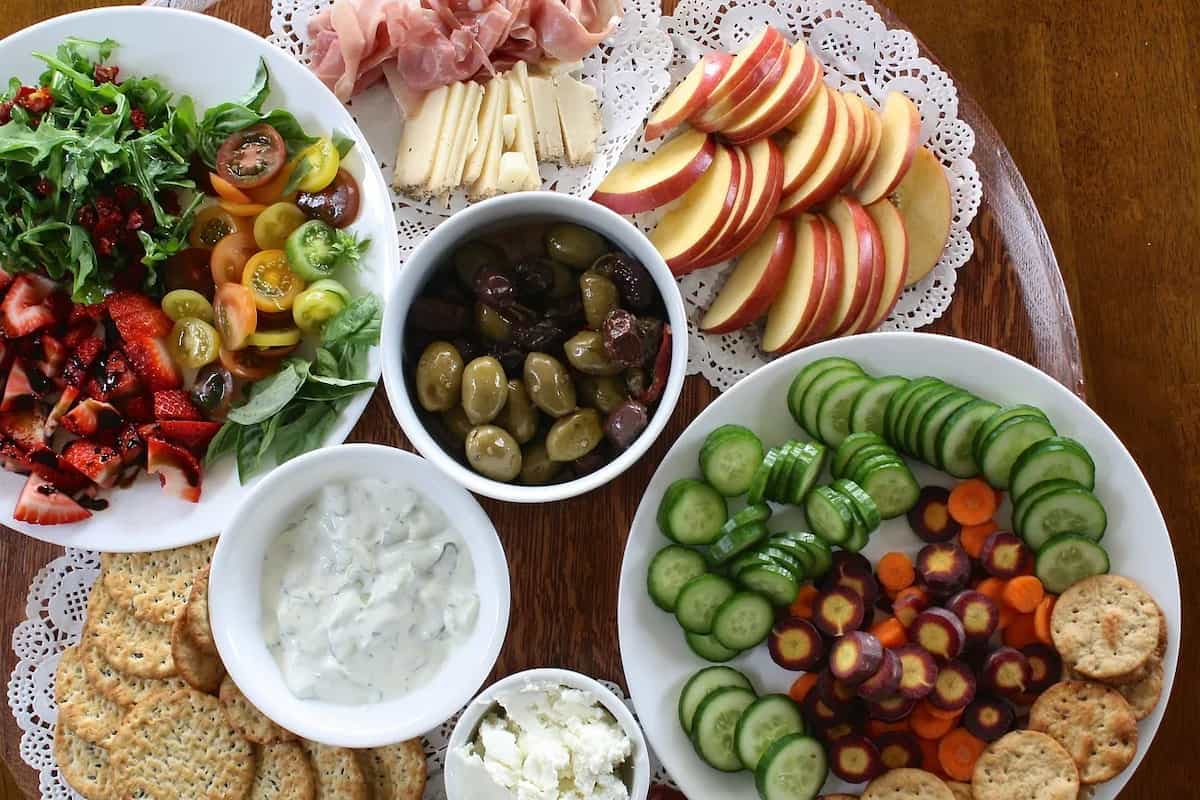If you are even remotely privy to the world of diet and weight loss, you must have come across the phrase ‘eating a rainbow’. It may seem like a complex task, but trust us, it is the easiest thing you can do, even when you are not on a strict diet per se. Eating a rainbow refers to adding fruits and vegetables of different colours to your diet. Doing so can help maximise your antioxidants, vitamins and minerals intake. As it turns out, plants contain other pigments or phytonutrients, which gives these foods their distinct colour. Each ‘coloured’ fruit or vegetable comes with a specific set of nutrition and health benefits. Therefore, including a mix betters your bid to a healthier life.
How To Add More ‘Colours’ To Your Diet?
1. Red Foods
The main phytonutrient in red coloured foods such as tomato, watermelon, grapefruit, and pink guava is lycopene which can do wonders for your skin, immunity and heart. They are also often replete with nutrients such as potassium, folate, vitamin C and A.

2. Yellow/Orange Foods
Carrots, sweet potatoes, banana, pineapple, yellow peppers, pumpkin, corns, and no dearth of yellow/orange food around us if you give a nice look. The main component in these foods is carotenoids. They have high antioxidant and anti-inflammatory properties; potassium, vitamin A, C, folate, and fibre are other nutrients that are on offer. They are excellent for eyes, skin and have protective benefits against cancer too.

3. Green Foods
It’s a no-brainer. No article on healthy eating can be complete without the mention of greens, right? It turns out. Green vegetables can also be classified into leafy greens (example: spinach, bok choy, collard greens, kale) and cruciferous greens (broccoli, cabbage, lettuce). While compounds to look out for in the leafy greens are carotenoids and chlorophyll, the cruciferous greens are rich in phytonutrients such as isothiocyanates, glucosinolates and indoles. Green vegetables are renowned for their antioxidant and anti-inflammatory properties. Additionally, they are also suitable for our eyes, skin, digestion, heart, liver and immunity.

3. Blue/Purple Foods
Those delicious looking berries like blackberries blueberries are enriched with anthocyanin, a plant pigment associated with decreased risk of certain types of cancer, improved immunity, skin, reduced inflammation, risk of diabetes and neurological disorders. Other examples of purple foods include eggplant (or baingan as we call it), plums, purple cabbage. Most of these are also replete with fibre, manganese, potassium, vitamin B6, K1, C.

5. Dark Red Foods
Deep red veggies like beetroot and prickly pairs are endowed with the pigment called betalains. They are suitable for the heart, reducing blood pressure, fighting free radicals and inflammation.

6. White and Brown Foods
Foods of a white or lighter hue, such as cauliflower, garlic, leeks, onions, mushrooms, white potatoes, can be classified under this category. The main phytonutrient here is anthoxanthins or allicin. They also boast excellent anti-inflammatory benefits; besides, most of these foods are also enriched with fibre, folate, magnesium, potassium, vitamin B6, K1.

So, what are you waiting for? Grab hold of these foods and start eating.


